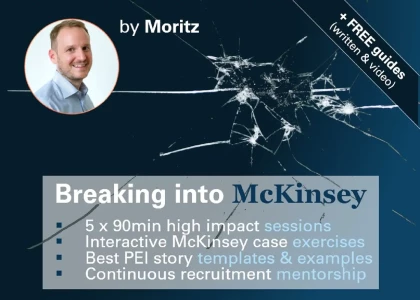I was reading a case from Darden Case book 2012: the case is like this:
Your client is in the mining industry. They have just purchased a mountain that has high concentrations of a valuable metal ore. Unfortunately, the mountain is made up of an unusually hard type of rock and none of the commercially available drills are able to penetrate the mountain’s surface. Your client’s engineers have built a prototype of a drill that could be used to extract the metal from the mountain. The client is not sure about whether to manufacture the drill and has doubts regarding profitably mining at the mountain. Help the client think through the issue.
Clarifying questions:
Is there any way to mine without having to manufacture the drill?: No
Is it possible to manufacture the drill that the client has prototyped? Yes, the client can manufacturer the drill in-house.
Is it possible to outsource the production of the drill to one of our suppliers or other manufactures? Yes, there is a supplier who is capable and willing to manufacture the drill.
My approach to this question as follow:
Understanding client situation:
- Client capabilities doing manufacturing? have they done it before?
- Infrastructure, technology and labour available?
- Quality and timely delivery of drill bit
- Quantity we can produce
Outsourcing drill bit
- Can the supplier deliver on time?
- Quality of drill bit?
- Quantity they can make
Financial analysis of two options:
- Revenue for each scenario
- Cost for each scenario
- Select the best option out of two
Could you please help to modify this framework? How to build a framework if two options are given and you need to select one of them?
(editiert)


